12 / Mar / 2020
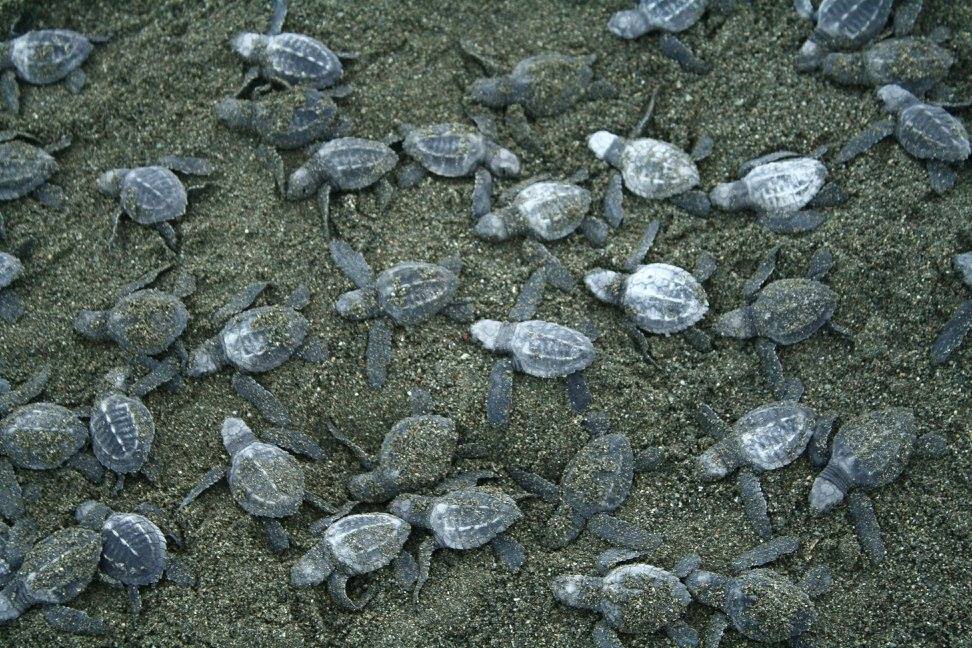
The Osa Peninsula is nesting home to sea turtles such as the Olive ridley turtle (Lepidochelys olivacea), the Pacific Green Turtle (Chelonia mydas), and the Hawksbill (Eretmochelys imbricate), the latter two being especially endangered.
The role of the foundation.

The Corcovado Foundation has been launching and supporting sea turtle conservation efforts since 2006, and we believe that our work has been part of a global effort to recuperate the population of sea turtles in general.
The main objective of our program has always been to protect females and their nests, both from natural and human depredation, increasing in recent years. For us, it is hard to measure its impact since its outcomes can only be measured in the long run, and by that, we mean between 10 and 15 years of operation.
Let’s talk about data and numbers.
According to the article Global Sea Turtle Conservation Successes (A. D. Mazaris et all, 2017): Sea turtles have historically suffered population declines, as a result of bycatch and harvesting adults and eggs. However, over the last 10 years, individual sea turtle nesting sites show conservation success stories, with long-term increases in the abundance of females and their nest numbers, thanks to beach protection measures, strict fisheries by catch regulations and the establishment of marine protected areas.
Unfortunately, conservation concerns remain, such as the decline in leatherback turtles in the Eastern and Western Pacific, and the increase of plastic waste in the oceans.
Impact of conservation projects.
Sea turtle conservation projects in beaches all over the world seem to be paying off, by providing sea turtles 10 times more chances to survive and make it to reproductive age.
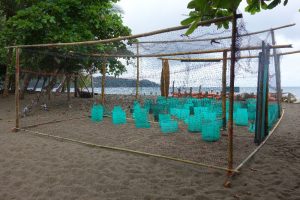
According to data, only one every 1000 sea turtles make it to reproductive age, under normal conditions. Under normal conditions, humans would poach the eggs and sometimes the mothers, and predators will eat them before hatching and while the hatchlings struggle to make it to the water.
Also, once in the water, they have all kinds of natural predators and they are easily fooled by plastic. Floating plastic in the oceans is one of the sea turtles’ biggest threats.
Plastic, a deadly enemy.
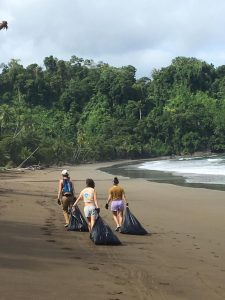
That plastic that you spotted sitting on the curb in your town, will end up in the oceans and probably, in the belly of a sea turtle or other marine creature.
And finally, sea turtles die as bycatch of fishermen, they get stuck in nets, they are attracted by the bait in fishhooks and they get caught by shrimp trawlers and suffocate in their nets.
Fortunately, sea turtle projects in beaches all over the world help sea turtles dodge the early risks. The nests are recovered from the beach before they can be poached or eaten and they are placed in nurseries, where they are protected from birds, coatis, raccoons, crabs, dogs, and humans.
Later they are released on the beach in the presence of humans, which discourages marine birds and other animals to fetch them on the way to the ocean.
Thanks to these projects, ours and many more in the world, the odds of sea turtles to make it to reproductive age is one every 100. This means that while before only one hatchling out of ten nests (1000 eggs) made it to reproductive age, now one every nest makes it. Much better odds.
New Horizons.
The Corcovado Foundation has been protecting sea turtle nesting grounds in three different beaches in Osa, in the hopes that after a certain time of monitoring, patrolling, environmental education and community engagement, communities will take over their conservation, and they have.

We are now doing our last year in Playa Rincon, supporting the important work that the Osa Foundation started and we are now looking north to Punta Mala and Playa Hermosa Refuge, where more than 1000 turtles are thought to nest and 90% of the nests are lost to poachers.
We also would like to push harder to support the leatherback protection efforts in Matina, which is a beach with huge importance for this very vulnerable population and which need brave volunteers and supporters to maintain their efforts starting now in March and April.

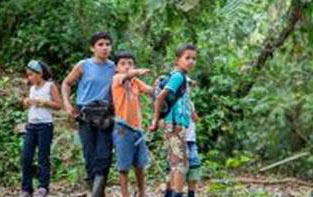
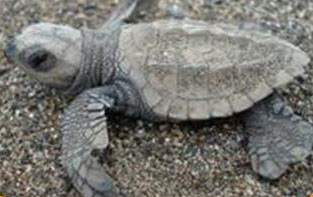
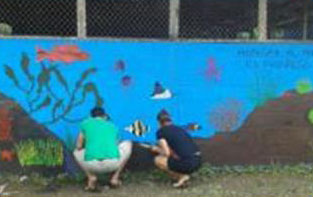



 2297-3013
2297-3013 info@corcovadofoundation.org
info@corcovadofoundation.org